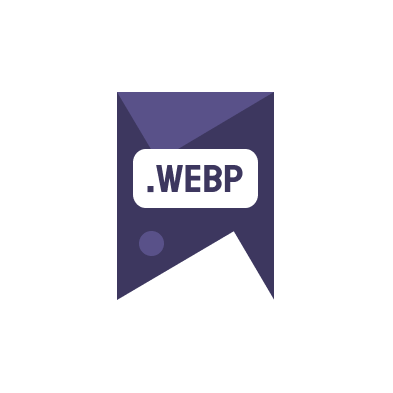When building web applications, the performance of image handling is crucial for user experience and server efficiency. In this article, we delve into the best real-time image conversion APIs, focusing particularly on those that offer services like image to webp online free. These APIs allow developers to automate the process of converting images into different formats, enhancing both speed and quality of media on the web.
Why Choose Real-Time Image Conversion?
Choosing a real-time image conversion API helps developers maintain high standards of image quality while ensuring that the images are optimized for the web. This can dramatically reduce the load time of web pages and improve the overall user experience. Moreover, with the increasing importance of web performance in SEO rankings, optimized images can significantly contribute to better search engine visibility.
Top Real-Time Image Conversion APIs
- Google’s WebP Format – Google offers tools to convert images to WebP, a modern format for images that provides superior lossless and lossy compression for images on the web. Using WebP, webmasters and web developers can create smaller, richer images that make the web faster.
- Cloudinary – A widely recognized service that provides comprehensive APIs for real-time image editing and conversion. It supports a range of formats including JPEG, PNG, and WebP, and offers features like resizing, cropping, and optimizing images dynamically.
Benefits of Using WebP Format
One of the key advantages of the WebP format, which is accessible through APIs like those mentioned, is its high compression efficiency. This can result in significantly smaller image files compared to traditional formats like JPEG or PNG, without sacrificing quality. Smaller image files mean faster loading times for web pages, which is a crucial factor in user engagement and SEO.
Integration Examples
Integrating a real-time image conversion API is typically straightforward. Most APIs provide extensive documentation and client libraries in popular programming languages. For instance, developers can use Cloudinary’s API by simply sending HTTP requests to their servers with specified parameters for the image conversion tasks.
Consider the following hypothetical scenario: A social media platform needs to handle millions of user-uploaded images each day. By integrating a real-time image conversion API, they can automatically convert all uploaded images to a format like WebP, significantly improving page load times and reducing bandwidth usage.
Free Options Available
For developers or startups looking for cost-effective solutions, there are options available that provide image to webp online free conversion. These free services often come with certain limitations, such as a cap on the number of conversions per month or lower priority in processing speed, but they are a good starting point for many projects.
To learn more about how these APIs can enhance your project, visit our detailed guide at ConverterWebP Blog.
Conclusion
In conclusion, utilizing real-time image conversion APIs can provide significant advantages in terms of web performance and user experience. By choosing the right API, developers can ensure their applications are optimized for speed and quality, keeping end-users satisfied and engaged.

